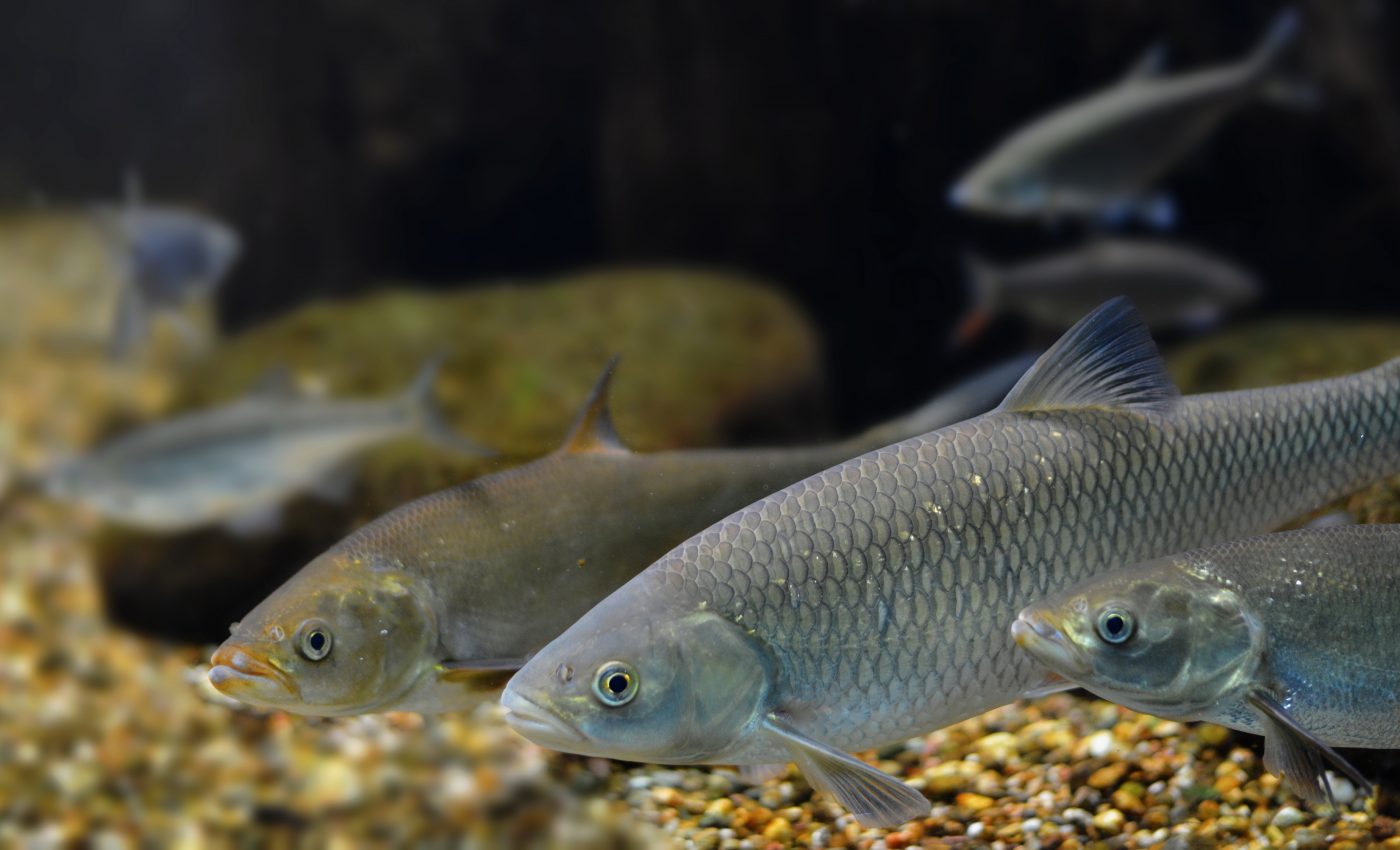
Invasive lake trout are impacting an entire Yellowstone lake ecosystem
An ecosystem is like a game of Jenga, where the more pieces you change or take out, the less stable and sustainable it becomes. The far-reaching impacts of nonnative lake trout in Yellowstone Lake is the perfect example of how one species can upset an entire ecosystem.
Researchers from the University of Wyoming, National Park Services and Montana State University analyzed more than four decades of data on species abundance, diet, and behavior collected from around Yellowstone Lake from 1972 to 2017.
The data showed troubling declines in native cutthroat trout populations directly linked to the illegal introduction of invasive lake trout in the 1980s. From zooplankton to bald eagles, many of the species native to the area have been impacted by the lake trout.
The new research was published in the journal Science Advances.
“Our study illustrates the potential impact of a single, invasive predatory species on otherwise pristine ecosystems,” the researchers wrote, providing further support for Yellowstone National Park’s efforts to suppress the lake trout population in Yellowstone Lake.
Lake trout prey on cutthroat trout and declines in cutthroat trout populations has caused an increase in zooplankton in the lake. Osprey populations have sharply declined due to the lack of cutthroat trout, which are an essential food source for both osprey and bald eagles.
Bald eagles have changed their diet somewhat to compensate for the loss of cutthroat trout, but there are still fewer eagles now compared to before the lake trout were introduced.
Otters have also had to adapt and make changes to their diets and river otter populations appear to be lower than ever before.
Black bears and grizzly bears have also lost an important food source due to cutthroat trout declines, but luckily, bear populations in the area have remained stable.
“Grizzly and black bear frequency of occurrence on spawning tributaries and use of cutthroat trout as a food resource were greatly reduced following the lake trout invasion,” the researchers wrote. “However, this was localized displacement, and their populations were not otherwise affected, because only bears with home ranges neighboring Yellowstone Lake lost spawning cutthroat trout as a food resource. Since bears are omnivore generalists, they could make use of other foods.”
The team also considered other environmental factors that might explain the rippling effects of cutthroat trout declines, such as a major wildfire that tore through Yellowstone in 1988 or the reintroduction of wolves in 1995.
However, neither of these could have caused the same dramatic, long-reaching impacts that Yellowstone Lake is currently experiencing.
Gill-netting lake trout is helping cutthroat trout slowly recover, according to the researchers, which is hopeful news for the many species that depend on lake trout for food.
“After being absent for many years, spawning adult cutthroat trout are returning to some of the smaller tributaries, and bear use of these streams has increased as a result,” the researchers wrote. “Ospreys, however, have not yet responded to the recent increases in cutthroat trout prey. The outcome of restoration efforts to trophic levels with and across ecosystems in the Yellowstone Lake watershed remains uncertain.”
—
By Kay Vandette, Earth.com Staff Writer













